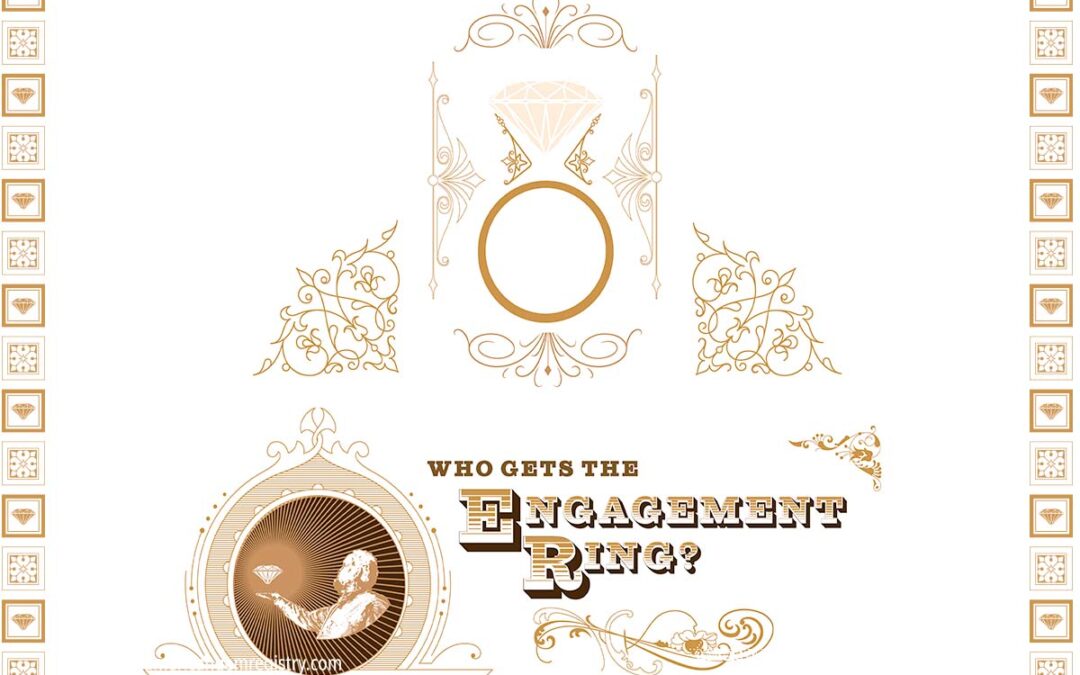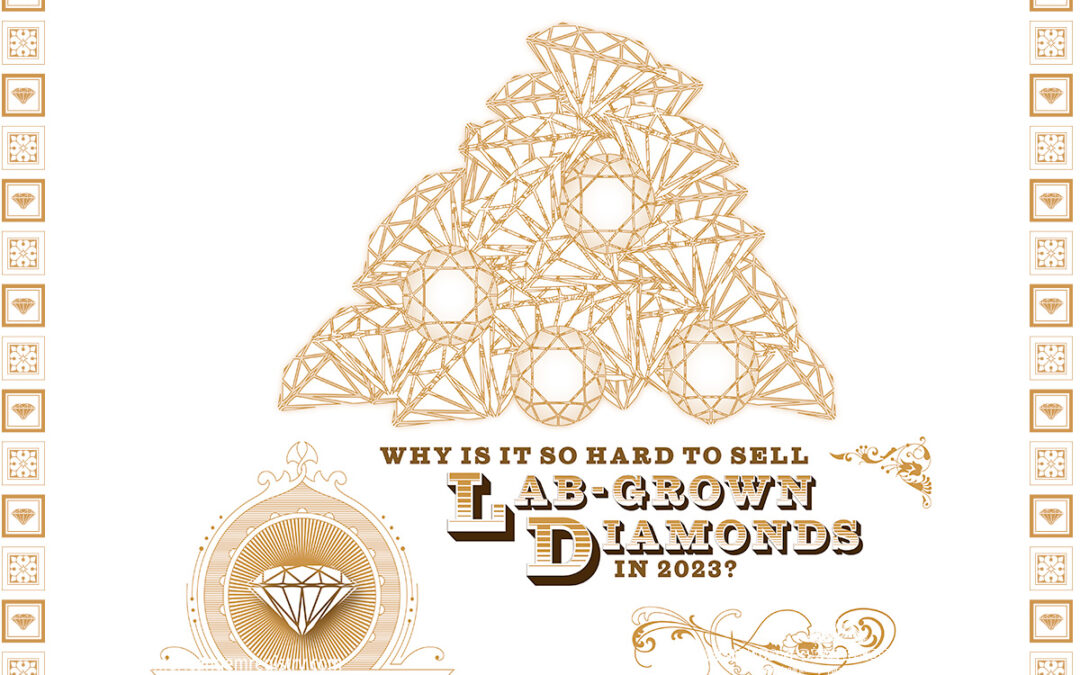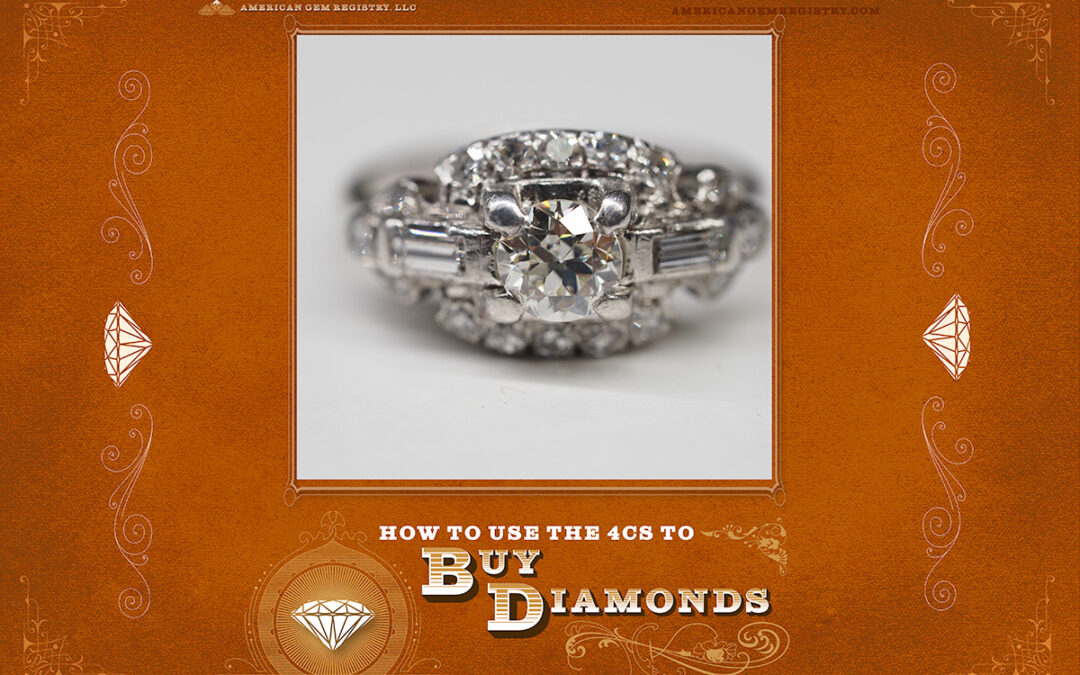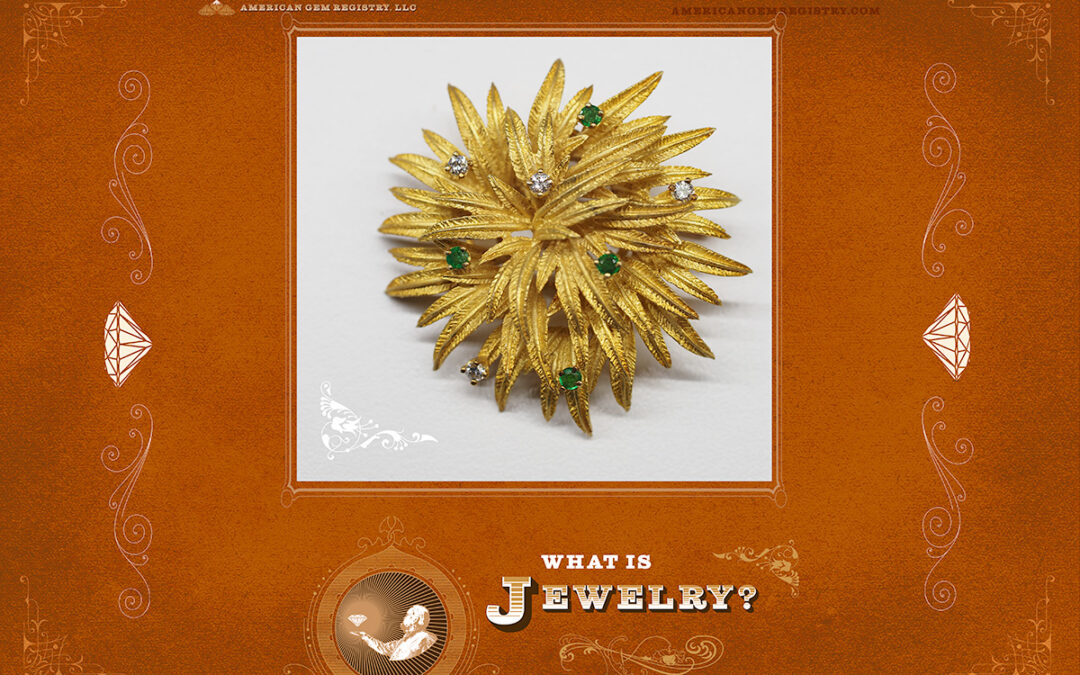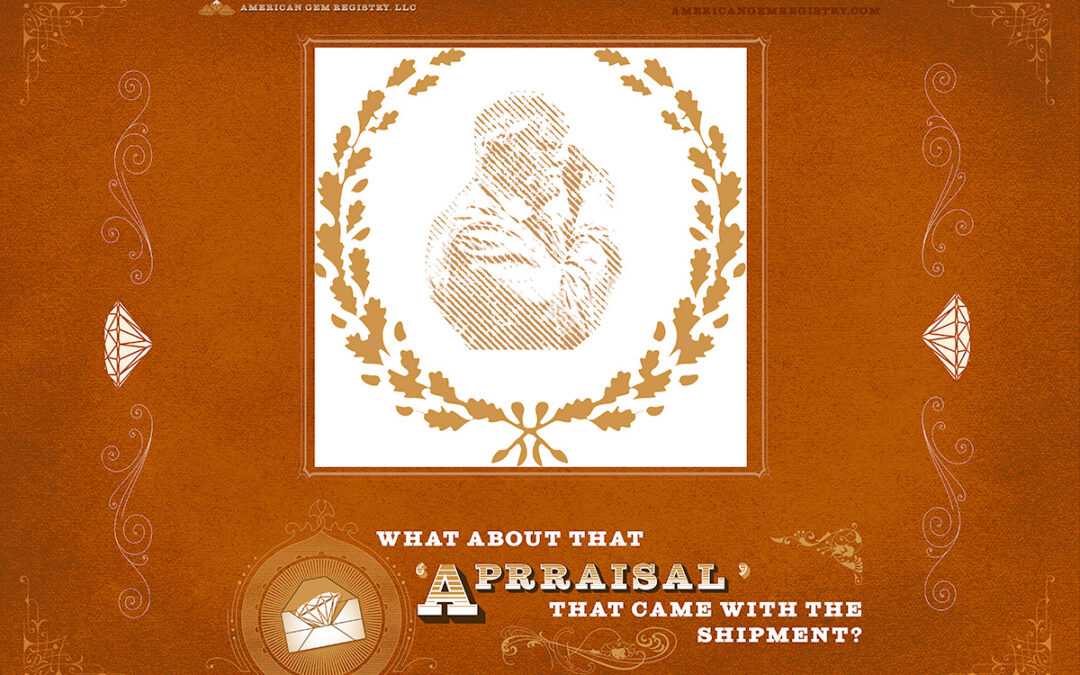The Fiery Magic of Creation: Unearthing the Early History of Lost Wax Casting

Early History of Lost Wax Casting
Imagine an art form so ingenious, so deeply connected to human creativity, that its fundamental principles have remained unchanged for over 5,000 years. This is the story of lost-wax casting, a metallurgical marvel known in French as cire perdue (“lost wax”), which allowed ancient artisans to transform soft, pliable wax into solid, breathtakingly detailed objects of bronze, gold, and silver.
From the delicate “Dancing Girl” of Mohenjo-Daro to the majestic bronze statues of ancient Greece and the intricate masterpieces of the Benin Kingdom, lost-wax casting stands as a testament to human ingenuity. It is an art of transformation, where a temporary model, crafted from wax and destined to be destroyed, gives birth to a permanent, enduring work in metal. This process not only revolutionized ancient craftsmanship but also unlocked an unprecedented level of artistic expression, enabling the creation of intricate, hollow, and complex forms that were impossible to achieve with earlier forging techniques.
This article will embark on a journey through time, tracing the fascinating and fiery origins of lost-wax casting, from its earliest, humble beginnings in the prehistoric era to its widespread adoption across diverse civilizations, each of which left its unique mark on this enduring art form. We will delve into the brilliant minds that conceived of this process and the breathtaking artifacts they created, proving that a simple idea, when paired with human ambition, can shape the course of history.
The Core Concept: How a Simple Idea Became a Revolution
Before we delve into the annals of history, it is essential to understand the elegant simplicity of the lost-wax process itself. At its core, the technique relies on a simple, yet brilliant, trick of chemistry and physics. The process can be broken down into a series of key steps:
- Modeling the Wax: An artist first sculpts a detailed model of the desired object entirely from wax. This is the “master model.” For more complex, multi-part objects, a core of clay or plaster is used to save on metal and reduce weight.
- Creating the Mold: The wax model is then meticulously coated in layers of a fine, heat-resistant material, such as clay or plaster. This creates a solid, outer mold that perfectly captures every detail of the wax model.
- The “Losing” of the Wax: The entire assembly is heated in a furnace. As the temperature rises, the wax inside melts and flows out of a pre-made channel, leaving behind a perfectly hollow cavity within the mold. This is the moment when the wax is “lost,” and the mold is prepared for the next step.
- Pouring the Metal: Molten bronze, gold, or another metal is then carefully poured into the empty cavity. The liquid metal fills every crevice, taking the exact form of the original wax model.
- Releasing the Masterpiece: Once the metal has cooled and solidified, the outer mold is carefully broken away, revealing the finished metal object. This is the moment of truth, the culmination of the entire process.
The genius of this technique lies in its ability to reproduce detail with incredible fidelity and to create complex, three-dimensional forms without the need for intricate joinery. It was the key that unlocked the true potential of metal as a medium for both art and utility.
The Earliest Sparks: The Dawn of an Art Form
Pinpointing the exact origin of lost-wax casting is a challenge, as it appears to have emerged independently in multiple, geographically distant parts of the world. The earliest evidence points to an astonishingly ancient past, predating the widespread use of bronze and even copper.
The oldest known examples of lost-wax casting come from the Indus Valley Civilization, dating back to around 3500 BCE. The famous “Dancing Girl” of Mohenjo-Daro, a captivating and spirited statuette of a young woman, is a masterpiece of this technique, despite its small size. This artifact, along with small copper figurines and amulets, proves that this sophisticated method was already in use by the inhabitants of this ancient civilization, demonstrating a remarkable understanding of metallurgy and a high level of artistic skill.
Around the same period, evidence also suggests that the lost-wax method was in use in Mesopotamia and the Middle East. Archaeological finds in the Nahal Mishmar cave in Israel have yielded copper artifacts dating to the Chalcolithic period (4500-3500 BCE) that were created using a form of lost-wax casting. These early pieces were often simple, small objects—amulets, tools, and decorative pieces—that nonetheless required a keen understanding of the process.
The independent emergence of the technique in different regions suggests that it was an intuitive and logical solution to a universal problem: how to create detailed and consistent metal forms. The materials—beeswax and clay—were readily available, and the process, while requiring skill, was conceptually straightforward, making it a “natural” invention that could arise wherever early metalworking was practiced.
The Bronze Age Revolution: Mastering the Art
While the early examples are fascinating, it was during the Bronze Age that lost-wax casting truly came into its own, allowing for the creation of monumental and incredibly intricate works. The technology spread rapidly across Eurasia and Africa, becoming the go-to method for crafting everything from ceremonial vessels to weapons and sculptures.
Ancient China provides some of the most stunning examples of Bronze Age casting. During the Shang Dynasty (c. 1600–1046 BCE) and Zhou Dynasty (c. 1046–256 BCE), lost-wax casting was used in conjunction with a sophisticated piece-mold technique to create massive and intricately decorated ritual bronzes, known as dings and gui. While the main bodies were often made with piece molds, the lost-wax method was essential for adding complex and detailed appendages, handles, and decorative elements that would have been impossible to create otherwise. The sheer scale and artistry of these ancient Chinese bronzes speak to an unparalleled mastery of the foundry arts.
Meanwhile, in the Mediterranean, the ancient Greeks took the lost-wax process to a new level, transforming it from a technique for small objects into a method for creating life-sized and even monumental statues. The famous Riace Bronzes, two magnificent and perfectly preserved warrior statues recovered from the sea off the coast of Italy, are prime examples of the Greek mastery of bronze casting. The Greeks refined the indirect lost-wax method for these large pieces. This involved creating a clay or plaster model, making a piece-mold from that model, and then using the piece-mold to cast a hollow wax version, which was then used in the final casting process. This method allowed for the creation of multiple copies and saved on material, showcasing an advanced understanding of engineering and art.
The Etruscans and later the Romans adopted and refined the Greek methods, using lost-wax casting to produce a vast number of statues of gods, emperors, and heroes that adorned their cities and villas. This widespread use cemented the lost-wax process as a foundational technique of classical art, a position it would hold for centuries.
A Global Tapestry: The Process in Africa and the Americas
The story of lost-wax casting is not confined to Eurasia. The technique also flourished in other parts of the world, independently or through diffusion, reaching an incredible level of sophistication.
In West Africa, particularly in the ancient kingdoms of Ife (in modern Nigeria), lost-wax casting reached its artistic zenith. The Ife and Benin bronzes are globally renowned for their hyper-realistic depictions of royalty and courtly life. Dating from the 12th century onwards, these works are technical and artistic masterpieces. The detail in the facial features, the intricate patterns on the clothing, and the graceful forms all demonstrate a profound skill. The process was a closely guarded secret of the royal guilds, highlighting its social and cultural importance in these highly structured societies.
Across the Atlantic, pre-Columbian cultures in the Americas also developed and used the lost-wax method, particularly for crafting intricate ornaments and jewelry. The Moche and Chimú civilizations in what is now Peru were masters of casting gold and silver, creating exquisite masks, ritual objects, and intricate filigree work using a variant of the lost-wax process. The Aztecs and other Mesoamerican cultures also utilized the technique to produce elaborate ceremonial objects and jewelry, showcasing its versatility across different continents and cultures.
The Enduring Legacy of a Simple Idea
The early history of lost-wax casting is a story of incredible persistence, ingenuity, and cultural exchange. From its humble origins in prehistoric workshops to its elevation as the chosen method for creating monumental art, the process demonstrates humanity’s deep-seated desire to create and to preserve beauty in a permanent form.
The reasons for its enduring success are clear: it is a process that allows for unparalleled detail and intricacy, it is highly adaptable, and it can be used to create hollow, lightweight objects that would be impossible to forge by hand. Its principles were so sound that they have survived millennia, forming the basis for modern industrial casting techniques used in everything from aerospace engineering to dentistry.
Today, as we marvel at a bronze statue in a museum or the complex workings of a modern machine, we are looking at the legacy of a simple idea conceived by ancient artisans thousands of years ago. The lost-wax process is more than just a metallurgical technique; it is a profound testament to the power of human creativity, the magic of transformation, and the timeless link between art, science, and history.




